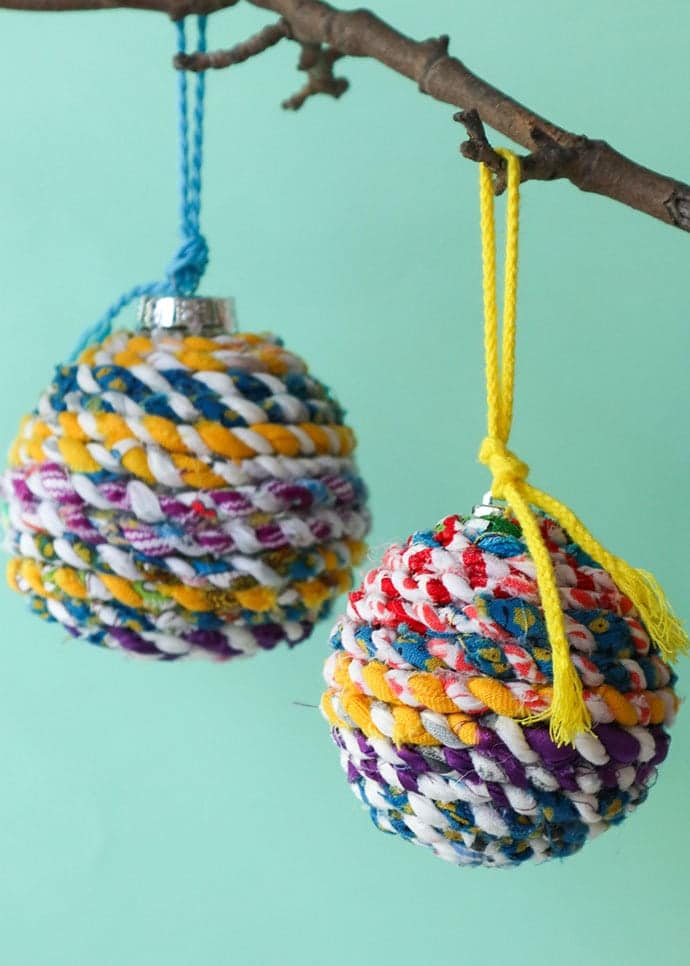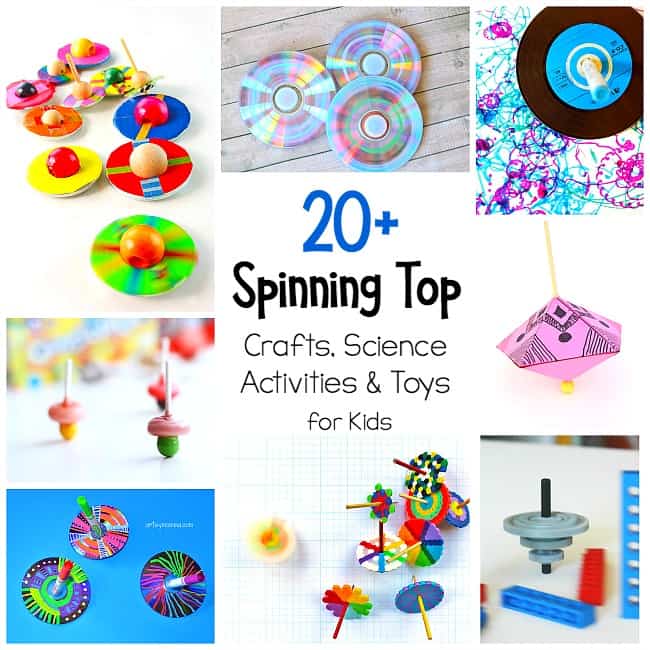
You can learn how to free-motion quilt if you like the look of hand-stitched quilts. It may be more challenging than you think, but you'll be glad you did once you know how to do it. You can start by learning the basics: Machine settings, techniques, threads, and presser feet. After that, you can tackle more challenging quilts. And remember: you can always learn more.
Techniques
Inequal stitching is one of the most common issues for novices. This is usually a result of an uneven balance between the hand movement and foot pedal pressing. There are simple ways to minimize this problem, and create more even stitches. Here are a few of these:

Machine settings
Before you can start your free motion stitching, ensure your machine has the proper settings. A darning tool is one method to ensure uniform stitch length. Another is to lower the feed dogs. These settings will impact the amount of fabric movement possible with free motion quilting. To avoid uneven stitch length, you should also be aware of the speed of your machine.
Threads
If you're just beginning to learn free motion quilting, it's likely that you have wondered which threads work best. It all depends on your personal preference. You will still need threads to make beautiful, intricate designs. These are some tips to help you choose the right thread for quilting.
Presser foot
Free motion quilting can be done with a presser foot that allows you to easily move through multiple layers of fabric without having to lift the fabric. This foot is perfect for zigzag and outline quilting. You can also use the concentric circles and large sole of this foot to place your stitches accurately. Several BERNINA models feature the BSR. These can be used in any type of free-motion sewing technique.

Try out some samples
There are many different ways you can practice free motion quilting. First of all, you can buy books on the topic. These books can help to build your personal library, reduce anxiety about the technique, and give the confidence that you need to get going. A second way to practice FMQ involves creating a quilt block, then filling it with fabric. As you practice FMQ, you should be aware of the speed you are drawing. This will impact your ability to coordinate your hand motion with your sewing machine.
FAQ
What are your competitive hobbies?
Swimming, running, cycling, golfing and tennis are some of the competitive sports.
These games are often played by people who enjoy exercise but also offer the opportunity to interact with others.
You'll likely find others who are interested in your hobby if it involves physical activity.
This could be as simple as joining a sports club where you play regularly together.
You might also choose to participate in team games involving playing alongside others.
These include football (soccer), cricket, rugby, netball, basketball, hockey, baseball, volleyball, badminton, squash, handball, and table tennis.
There are many different types of competition.
Some competitions are organized for purely recreational purposes.
Others are meant to test competitors' skills.
Others are also designed to reward exceptional performance.
These cases result in prizes for the winners.
Other competitions aim to assess the strength and endurance of competitors.
These are known endurance events.
For example, marathon races, triathlons, Ironman Triathlon, etc.
Before competing in these events, athletes train hard.
They will be required to follow a rigorous training program in order to prepare mentally and physically.
They may need to spend some time out of their home for preparation.
It's important not to forget that not all athletes are able to compete in every type event.
Can I make a living from my hobby and earn money?
You can make extra money by taking up hobbies.
If your hobby is a passion, you may be able to sell related items.
For example, if you collect stamps, you may want to set up a website selling rare stamps.
You can make extra money without the hassle of buying and selling stamps.
Another option would be to create a YouTube channel where you talk about your hobby.
This allows you share your passion and generate revenue by creating premium content.
Why do we need hobbies
Hobbies are an integral part of our daily lives. They allow us to relax, unwind and think creatively. Hobbies offer opportunities to develop new skills as well as life-long interests.
Hobbies can help us find meaning and purpose.
These can often be a great way to get some extra time while you have nothing else.
They are fun!
If you don't find time for hobbies, it's likely that you don't have enough time for any other activities.
Take a look at the many options that are available to you. Start a hobby today, if you don’t have one already!
What are observation hobbies?
Observation hobbies allow you to observe others doing the same thing. This could be watching sports, reading books or going on holiday. You could also observe other people.
It's great to have observation hobbies because it helps you think creatively. You can draw on this knowledge later, when you work on projects for others.
If you are passionate about something, you will find it easier to learn about it.
If you are interested in learning more about football, for example, you might watch a match or read a book. Exhibitions are a great way to learn about photography.
You can play along with songs online or purchase a guitar if you love music.
You can cook your own meals, or you could go to a restaurant.
If gardening is your passion, you can grow vegetables and flowers.
You can take a dance class, or just go out with your friends if dancing interests you.
If you love painting, you can paint pictures.
If you love writing, you might be interested in writing poems and stories.
You can draw pictures if your passion is drawing.
If you're passionate about animals you might consider working at a Zoo or looking after their pets.
You could choose to study biology, maths, chemistry, or physics if you are interested in science.
You can read books, listen to podcasts, or watch films if history interests you.
If you like traveling, you could travel abroad or explore your local area.
Statistics
- Almost 80% of people claim to have no hobby. (hobbylark.com)
- Much of this decline reflects the fact that teens are less likely to work today than in the past; among employed teens, the amount of time spent working is not much different now than it was around 2005. (pewresearch.org)
- This 100% accurate personality-analyzing hobby quiz discovers your passion based on your characteristics. (quizexpo.com)
- Studies show that just six minutes of reading can reduce stress levels by 60 percent. (oberlo.com)
- In comparison, men in the “no humor” condition were refused 84.6% of the time and were only accepted 15.4% of the time. (time.com)
External Links
How To
How to start woodworking?
There are many options for getting started in woodworking. There are many ways to get started in woodworking. You can use either power or hand tools, or a combination. The most popular tools are routers, drills sanders, sanders, and saws.
Once you have decided what type of project it is, you need the right tools. A router, table saw or drill press is all you need to create furniture. You will probably only need a circular, miter, and band saw to build a picture frame, or cabinet.
Ask your local home improvement shop for help if you aren't sure which tool to choose. Or, you can look online at some websites dedicated to this hobby. They often have tips on how best to purchase the tools needed for the job.